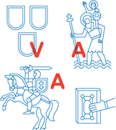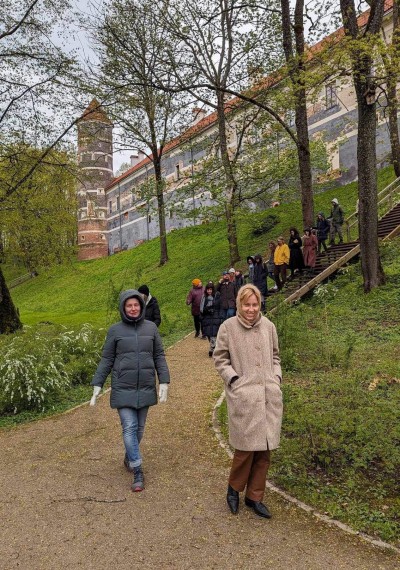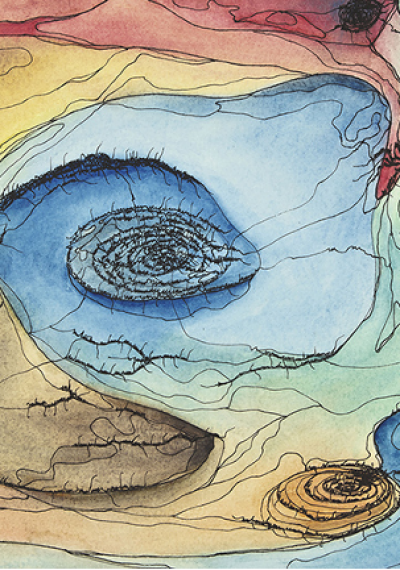Winter months regionally coincide with more intensive textile work: preparing yarns, weaving and making garments, and amending what was torn. During the recent hibernal lockdown, designer and artist Monika Janulevičiūtė has been attending and looking closer at the material cycle of textiles at NAC. At first seemingly invisible towels, beddings, curtains, and kitchen mops are necessities, essential objects undergoing intense daily routines. These include wear and tear, wetting and drying, and industrial and logistic processes: pick up and delivery, laundry, and handling and storage by the NAC team, to appear again in the guest rooms, studios, and kitchens at the service of guests.
For this commission, Janulevičiūtė took care of producing tangible pieces that can be carried around, moved from outside to the inside, and acquired for being taken back home. Objects were imagined and drawn from thin air, and materialised to drape the space, cast shadows, shelter, and allow for the circulating air to be visible. This process reflects on a story recited by maidens from Dzūkija, Southern Lithuania, telling how on a Midsummer morning witches would grab a towel from the last bit of the loom roll, usually with a piece long leftover fringes. The crones would drag them over meadows, in between the cowherds of their neighbours, to collect as much dew as possible. Then, they all would hang these towels (skarinis, or also taračkinis in Lithuanian) on a hook and milk them, reciting patterns of the hair seen on the cows.
Janulevičiūtė chose to design and source interior textiles, such as towels and curtains, as a direct response to existing necessities of the NAC team, residents and temporary guests. This plays out in terms of both utilitarian and direct care to the ever-changing yet dense community that forms a common body and their comfort. Warehouse samples, old linen deadstock and offcuts, and stacks of faded yet supple bedding were made into laundry bags, curtains, and padded blankets.
The focus on textiles as part of the NAC programme started in August 2020, when in collaboration with the textile department of VAA Kaunas Faculty and the artist Monika Grašienė-Žaltė, two looms were installed in the NAC residency studios. As part of the Neringa Forest Architecture Residency, Monika Janulevičiūtė worked on weaving new fabrics using the wool and silk yarn naturally dyed by Karolina Janulevičiūtė, from a previous summer spent foraging in Dzūkija. This close collaboration is now turning into a new phase, the development of garments from these samples.
Currently Monika Janulevičiūtė is installing textile collages as spatial dividers for the rooms with large windows at NAC. Janulevičiūtė’s commission for NAC is supported by Lithuanian Council for Culture.
Monika Janulevičiūtė is a designer and artist based in Vilnius. By examining historical and archeological knowledge, methods, and work traditions passed intergenerationally, she is looking at the technological processes accumulated overarching thousands of years. The particular shifts, redundancies and innovations that she investigates happen in multi-stage processes ranging from fiber preparation, weaving, basketry and carpentry, practices of dyeing, staining, block printing, and weathering to tool making.







